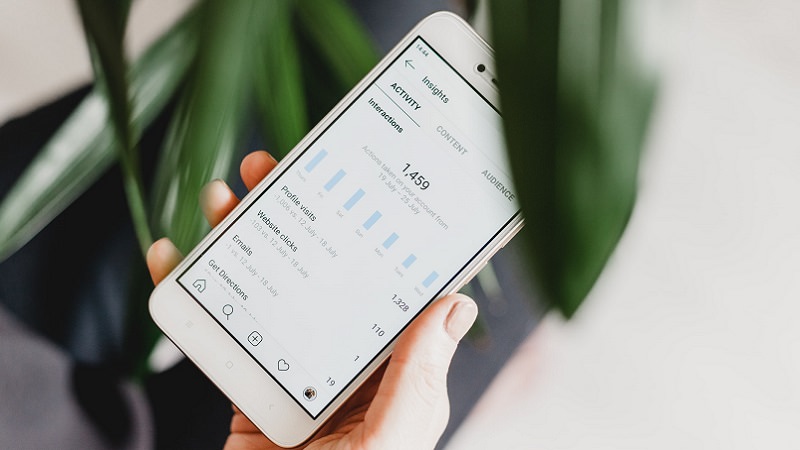Likes and comments are still an important indicator on Instagram to analyze whether posts and content are well received by the community. The experts at Fanpage Karma have studied how many interactions you need to be better than average.
Likes and comments remain important Instagram metrics
What do you look for if you had to tell whether an Instagram post is successful or not? Many people would instinctively take a look at the number of likes and comments first. And there’s nothing fundamentally wrong with that.
Even if metrics like the interaction rate or the number of sales give more information about the success of an Instagram channel, the likes and comments still help very well to analyze the acceptance of the users.
Visibility in the community and algorithm
Or, to put it another way, if an Instagram account achieves a relatively high number of likes and comments, it can be assumed first of all that the community likes the shared content. (We’ll leave out the scam variants at this point).
And if the fans of an Instagram profile interact a lot with posts, the Instagram algorithm naturally honors that as well. This in turn results in even more potentially interested people seeing the posts on the Discover page.
How many likes and comments on Instagram are good?
This is a question many account owners ask themselves. After all, it’s not always easy to assess how their own content compares to the competition. It is not always easy to tell from the outside whether an account is highlighting certain posts and interactions through advertising.
That’s why the experts at Fanpage Karma analyzed a total of 120,000 Instagram profiles. In doing so, they looked at the question of how many likes and comments occur on average for accounts of certain sizes.
These averages can then be used to reconstruct whether you and your posts are better or worse than average.
How many Instagram likes do I need to be better than average?
Let’s first take a look at likes as the first of two metrics we examined. Here, as already touched upon, the following applies: Even if a Like is supposedly given away quickly, it is still possible to deduce very well from the mass of Likes how well your Likes are performing.
- Instagram profiles with up to 1,000 followers receive an average of five likes per day. With ten likes, you already belong to the top ten.
- Accounts with a maximum of 10,000 followers receive an average of 25 likes a day. The top ten percent already get 60 likes.
- Instagram profiles with less than 100,000 fans get an average of 244 likes a day.
- With an average of 2,451 likes a day, there is a tenfold increase in the range up to 500,000 followers. The top ten in this account class even receive 74,724 likes per day.
How many Instagram comments do I need to be better than average?
Meanwhile, a similar picture emerges for comments on Instagram. For example, the top ten percent have more than twice as many comments as the average on Instagram.
- In the class up to a maximum of 1,000 followers, even the top accounts only have one comment a day. The average, small Instagram account therefore does not necessarily receive one comment a day.
- Among the accounts with a maximum of 10,000 followers, the top ten percent get three comments, while the average account in this range records just one comment a day.
- The difference is even more pronounced in the category up to 100,000 fans. There, the average Instagram account gets just over ten comments a day, while the top accounts already get over 30 comments.
This pattern continues as the accounts grow. Thus, the top ten percent in the next categories record 561 comments (up to 500,000 fans) or 1,170 comments per day (from 500,000 fans).
Conclusion
If you only look at likes and comments in your Instagram analysis, you’re making a mistake. But if you ignore these values, you’re also making a mistake. Basically, two findings can be noted.
On the one hand, there are always significantly more likes than comments. On the other hand, the gap between the average and the top accounts grows visibly with increasing size. Looking at the average values in particular helps many social media managers to better assess their own work.










